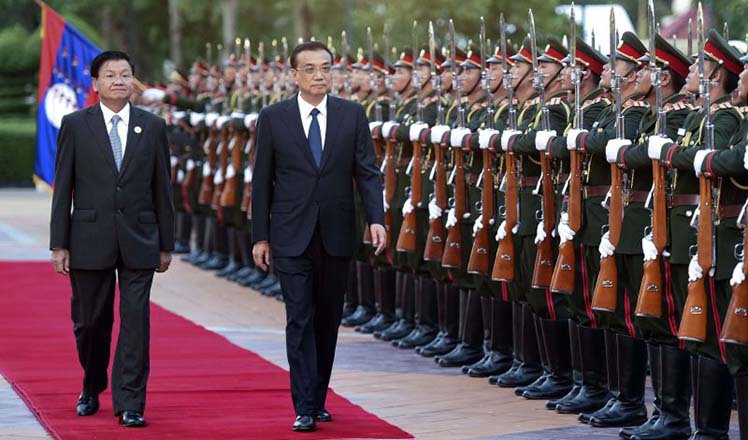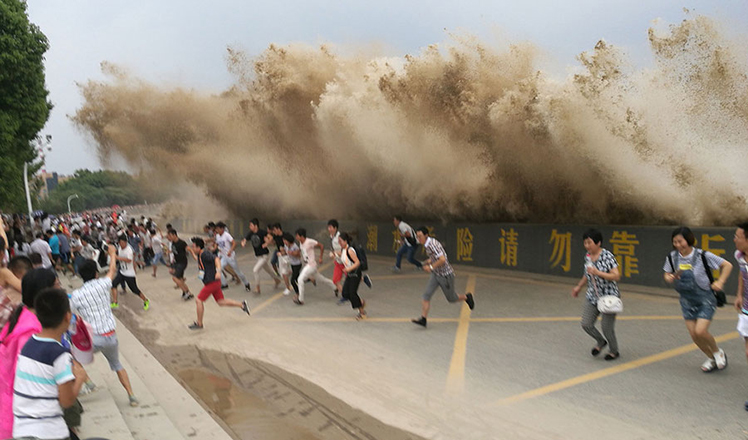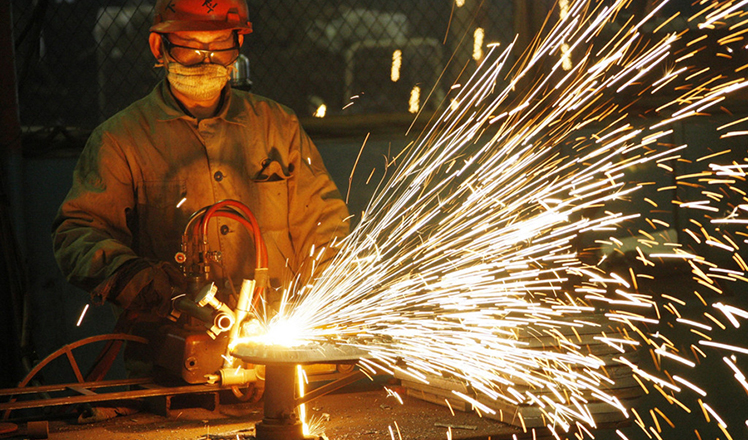15 years after 9/11, Manhattan area 'on the rise'
Updated: 2016-09-10 07:09
By Amy He in New York(China Daily)
|
||||||||
In the 15 years since the Sept 11 attacks, the Lower Manhattan area has been transformed by public and private investment, according to a new city report.
New office towers, a mass transportation hub and new retail complexes that attract young professionals have sprung up in an area that suffered extensive damage to its infrastructure.
"As the rebuilding has progressed, the local economy has changed. The area has become much more residential as older office buildings have been converted to residential use and new towers are completed," said the report, "Transformation of Lower Manhattan's Economy", which was released on Tuesday.
"The streets are filled with young professionals and growing families."
Thomas P. DiNapoli, state comptroller of New York, told The Wall Street Journal that Lower Manhattan is a residential neighborhood "very much on the rise".
The population in Lower Manhattan grew from 22,700 in 2000 to 49,000 in 2014, and more than three-quarters of the population is younger than 45 years old, with the number of children tripling since 2000.
Residential housing units have more than doubled to 30,000 since 2000.
Jonathan Miller, president of appraiser Miller Samuel Inc, said the downtown area has seen a tremendous expansion of development "to the point where over the last decade at least, we've seen price growth in that area at nearly double the overall growth of the borough".
There's been a surge of post-9/11 activity, and "in many ways, even though it's a commercial, mixed-use district, there's been a tremendous amount of residential development that's been incorporated into it", he said.
Employment, which was badly affected by the attacks, is at its highest since that time. Total private sector jobs reached 228,300 last year, compared with 270,000 in 2000.
The Lower Manhattan area has historically been home to many financial institutions in New York City, and they are still the predominant industry in the area, the report said.
"A number of firms relocated outside of Lower Manhattan as part of an effort to enhance their geographic diversity and minimize the impact of another attack. Some moved to Midtown Manhattan, while others moved across the river to New Jersey," it said.
Commercial real estate has rebounded, though many of the older commercial buildings in the area have been converted to residential buildings.
Tourism to the area remains important to the city, despite being affected in the immediate aftermath of the 9/11 attack, which destroyed the World Trade Center.
The National September 11 Memorial and Museum and the newly completed World Trade Center Transportation Hub, Fulton Transit Center and Brookfield Place draw major crowds.
"Lower Manhattan has made a dramatic comeback over the last 15 years, but very much so over the last year, with major openings and developments," said Fred Dixon, president and CEO of NYC & Co, the city's tourism marketing agency.
"Downtown is a pillar of the 'new' New York. Tourism to the area is certainly very important to our overall visitor economy. The sheer number of new openings including hotels, attractions, shops, restaurants and transportation offerings makes it an attractive draw for both visitors and New Yorkers alike," he said.
More than 23 million tourists visited the September 11 Memorial last year, and 4 million visited the memorial museum, according to the report.
amyhe@chinadailyusa.com
(China Daily 09/10/2016 page1)
- Three women planning 'imminent' attacks arrested in France: minister
- China, Britain vow to deepen military exchanges, mutual trust
- British parliament to debate second Brexit referendum petition
- Chinese women find their way through the glass ceiling
- Rousseff leaves presidential residence in salutation
- Thousands of Chinese rally in Paris to call for 'security for all'

 Sights and sounds of Premier Li's visit to Laos
Sights and sounds of Premier Li's visit to Laos
 Yao Ming and Class of 2016 receive Hall of Fame jackets
Yao Ming and Class of 2016 receive Hall of Fame jackets
 Bullet train attendants strut new look in Xi'an
Bullet train attendants strut new look in Xi'an
 Ten photos from around China: Sept 2 - 8
Ten photos from around China: Sept 2 - 8
 Turning mud into work of art
Turning mud into work of art
 Unforgettable moments of Premier Li at ASEAN meeting
Unforgettable moments of Premier Li at ASEAN meeting
 Six policy signals China sent at G20 Summit
Six policy signals China sent at G20 Summit
 'First Lady table ware' a hit in Hangzhou
'First Lady table ware' a hit in Hangzhou
Most Viewed
Editor's Picks

|

|

|

|

|

|
Today's Top News
Trump outlines anti-terror plan, proposing extreme vetting for immigrants
Phelps puts spotlight on cupping
US launches airstrikes against IS targets in Libya's Sirte
Ministry slams US-Korean THAAD deployment
Two police officers shot at protest in Dallas
Abe's blame game reveals his policies failing to get results
Ending wildlife trafficking must be policy priority in Asia
Effects of supply-side reform take time to be seen
US Weekly

|

|







